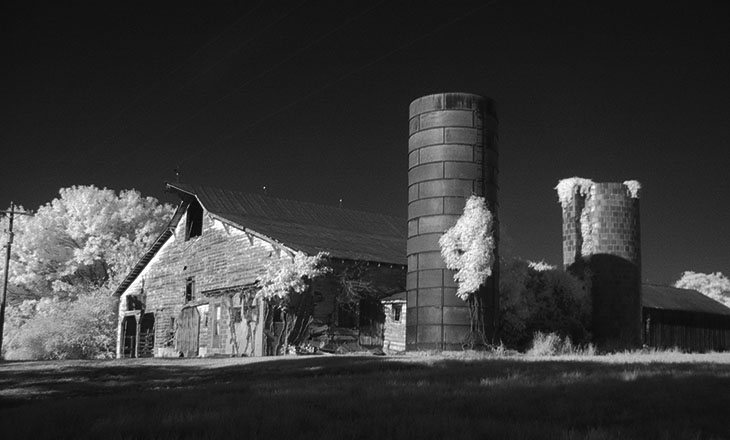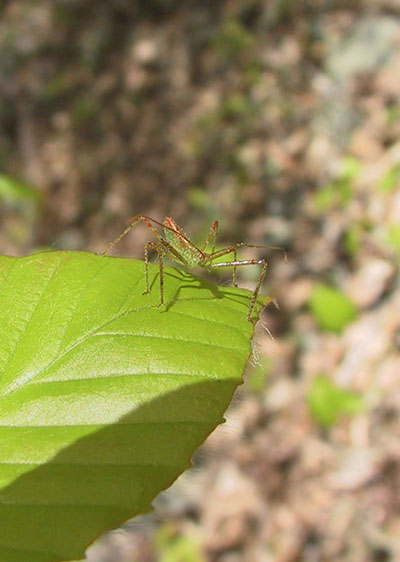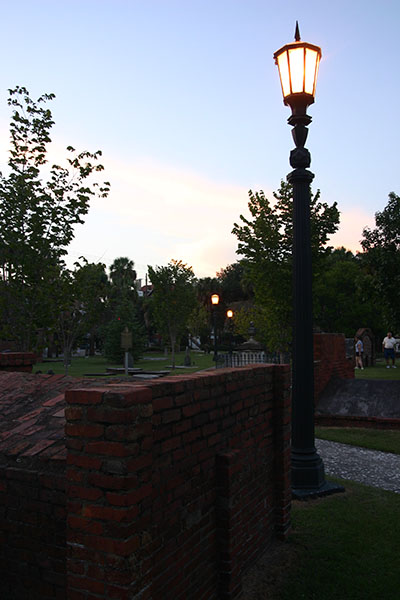
When we’re learning how to do something even vaguely artistic, there is a series of pitfalls that can arise: while concentrating on following “rules” or guidelines or better techniques or whatever, we can get too wrapped up in details and forget the more important aspects, like style and message and appeal. This particular topic is one, in the photography field, that is horribly prone to it, so I’m still feeling out the best approach. Bear with me as I hash out, with due recognition of the irony, the topic of distractions.
The main part is fairly simple: the strongest images are the ones that convey the intended impressions without anything that detracts, changes our focus, or makes us wonder; everything in the frame contributes to and supports an underlying concept, whether it’s as abstract as “neglect” or as simple as an identifying shot of a bird. So if there’s something in the frame that isn’t supporting your intended idea, get rid of it. In reality, however, this is not as simple, since very often, what we deal with are not yes/no decisions, but the consideration of how distracting something is. This bit in the background is out-of-focus, but what colors are still capable of drawing attention away from the subject? How fuzzy is enough? Where can it be in the frame? If I eliminate all distractions, I won’t even have a photo.
All of those questions are what we might call ‘advanced’ considerations, since the basic premise is to be aware of distractions in the first place. People are notoriously good at inattention blindness, which in photography usually manifests as concentrating solely on the subject and not seeing anything else in the frame. The current internet meme of ‘photobombing’ is a great demonstration of this, missing out on the expressions, positions, or just presence of someone in the background, plainly visible when the image is viewed later on. While any photo may be of something, in reality what we’re producing is a scene that fills the frame, and so, we need to be aware of what the frame contains. This sometimes makes it hard to be spontaneous, since it may provoke a pause and the anxious examination of the whole area visible in the viewfinder, drawing attention away from the actions of the subject, not solving the inattention blindness problem but simply switching the focus.
However, once we become used to this, what happens is almost automatic: the background is examined first, routinely, and the subject framed usefully before anything even happens. This is where we become most aware of our three-dimensional surroundings, since it is often easy to shift sideways slightly, or change shooting angle, to provide a better background or remove the drunken idiot (or in the case of nature photography, ugly trash – same thing) from the shot. Wedding photographers are often intensely aware of the clutter of the background, and locations or angles that provide a better setting for their images – it’s part of the planning of a good shot.

The second most-used technique is depth-of-field, and it’s also the one with the most pitfalls by itself. If we can show a distinctive difference in focus between subject and background, then the distractions are minimized – the viewer’s eyes always go to the sharpest part of an image. Using such a technique requires a significant distance between subject and background, with ‘significant’ being a very qualified term; it depends on the focal length (“zoom”) of the lens, the magnification, and the actual focal distance – subjects that are closer to the camera and well away from the ‘infinity’ end of focusing are easier to separate from the background.
But then there’s the viewfinder trap. SLR cameras (film or digital) all maintain the aperture at maximum, wide open at the limit of the lens, until we actually trip the shutter – this is to provide the brightest image in the viewfinder, and the best autofocus ability to the camera. What this means is that the background is often well out-of-focus as we are composing the shot, but if the aperture is set significantly smaller than maximum, it closes down just before the shutter opens and depth-of-field increases, making portions of the setting sharper. So things that are inconsequential blurs in the viewfinder may become much sharper, and more distracting, in the final image. This is why there exists, on many cameras, a depth-of-field preview function, often a button alongside the lens mount, which closes the aperture down temporarily to allow us to see what effect the aperture setting will actually have. It will make the viewfinder darker, sometimes much, but often there’s still enough visible to see how much sharper the surroundings have gotten. With practice, it is also possible to predict what will happen even without such a function of the camera, because we can easily look around the camera and notice what is visible and how far away from our subject; if it’s fairly close, it may become much sharper as the aperture closes.
There’s another related trap, one that’s even harder to predict, and that’s when a flash or strobe is used. The bright light coming from the camera illuminates a lot of shadows, often from a different direction than the ambient light, and can make some distractions a lot more prominent in the resulting image. Redeye is one example, and with it discovering what portions of someone’s clothing have reflective patches on them, but the crowded room is the biggest hazard – people and objects only a short distance away may be too dark to catch our attention when framing the image, but quite noticeable when the flash goes off. And just as a side note, be aware that the light throws down into cleavage very well too ;-)
So what are the big distractions to look for in an image?

• The color splotch – something that contrasts so distinctly that we can’t help but look at it
• Anachronism – something that simply doesn’t fit with the theme, mood, or setting of the rest of the image (or at least the one you want to convey)
• The killjoy – the face of someone who fails to fit in with everyone else, or the apparent mood; wedding and event photographers especially need to watch for these
• The weirdo – perhaps an unkind title, but it means someone doing something more interesting (not necessarily in a good way) than the subject
• Break or split – Something that causes a distinctive line or separation right where it’s most noticeable; the horizon line running right through someone’s neck is a good example
• Eye contact – This is an obscure one, but when shooting something like an event, playing the part of the observer, the person looking right at the camera (and by extension the person viewing the image) grabs our attention
• Road signs, electrical poles, wires, trash – Yes, they all fit under clutter, but they deserve their own mention since we’re so used to seeing them we tune them out
• Vehicles – Unless they’re a specific part of the image, get rid of them
• Shadows – Especially our own. We tune these out too, but the increased contrast of photography makes them prominent. Definitely keep them off of peoples faces
• The cutoff – A person’s leg, a single tree branch at the edge of the frame, something that by its incomplete nature seems to imply that we’re missing something. As a general rule, all the way in or all the way out.
Again, all of this can be hard on both the spontaneity and the ‘vision,’ the subconscious part of us that produces an image with emotional impact. By trying to be too precise, the calculating portion of our mind (we share one, you know) takes over from the artistic portion, and we might worry too much about making it perfect, making it sterile instead. Yet distractions can also ruin a shot. But what happens eventually is a greater awareness, the ability to take in every element within the frame at once, and easily spot what’s not going to work (usually, anyway.) It’s all part of the process.



















































